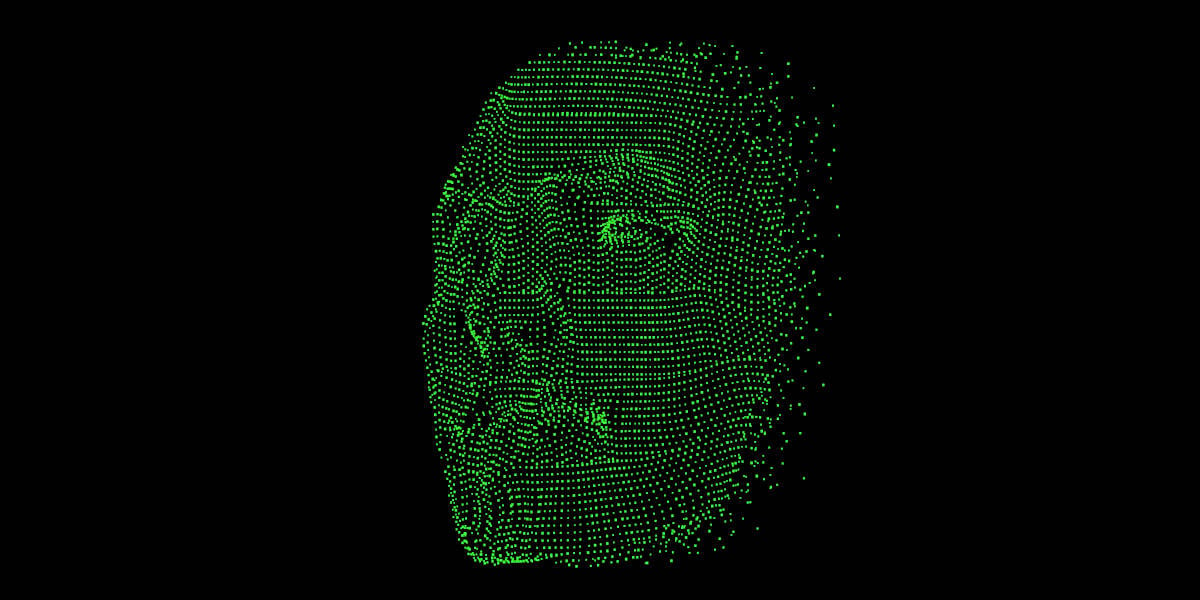
Combining next-token prediction and video diffusion in computer vision and robotics
Previous image Next image
In the current AI zeitgeist, sequence models have skyrocketed in popularity for their ability to analyze data and predict what to do next. For instance, you’ve likely used next-token prediction models like ChatGPT, which anticipate each word (token) in a sequence to form answers to users’ queries. There are also full-sequence diffusion models like Sora, which convert words into dazzling, realistic visuals by successively “denoising” an entire video sequence.
Researchers from MIT’s Computer Science and Artificial Intelligence Laboratory (CSAIL) have proposed a simple change to the diffusion training scheme that makes this sequence denoising considerably more flexible.
When applied to fields like computer vision and robotics, the next-token and full-sequence diffusion models have capability trade-offs. Next-token models can spit out sequences that vary in length. However, they make these generations while being unaware of desirable states in the far future — such as steering its sequence generation toward a certain goal 10 tokens away — and thus require additional mechanisms for long-horizon (long-term) planning. Diffusion models can perform such future-conditioned sampling, but lack the ability of next-token models to generate variable-length sequences.


/cdn.vox-cdn.com/uploads/chorus_asset/file/25803712/HoneyCouponsTrio_LQ.jpg)










